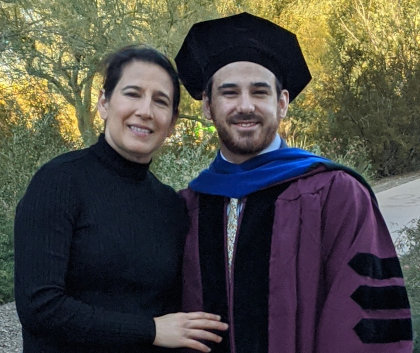
Lynn took Conchita, Lorena, and I to breakfast yesterday morning at a “working man’s” restaurant. We all had huevos divorciados. They are like huevos rancheros, but one egg has red salsa and the other egg has green salsa. We are taking our last evening here slowly and fairly quietly–as much as is possible for this family–really not that quiet. Tomorrow morning we have to get up at 4 AM in time to get to the airport in time to fly back to Washington so I can go to work on Thursday morning.
Our time here has been very good for me. I have had time to reflect without a ton of work. I have some hard decisions on what to do next. With only a little over two years until retirement I have a lot of options with not a whole lot of knowledge about where we should be nor what we should be doing. Some new options have opened up to us since we got here and I will be exploring them over the next few weeks.













